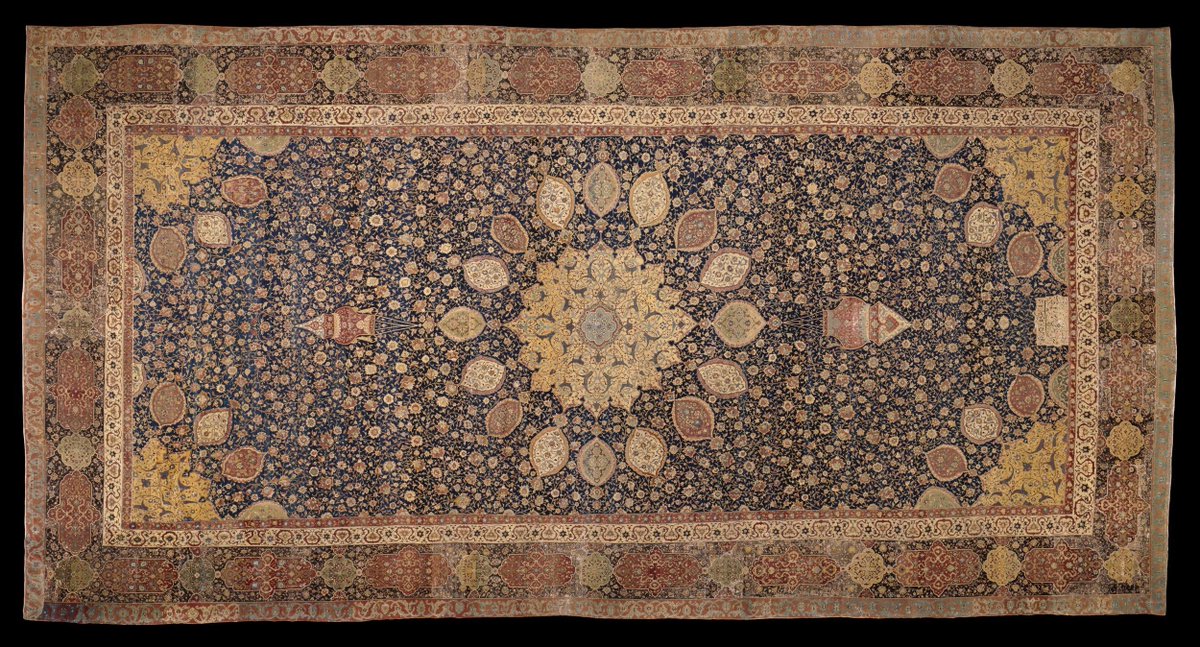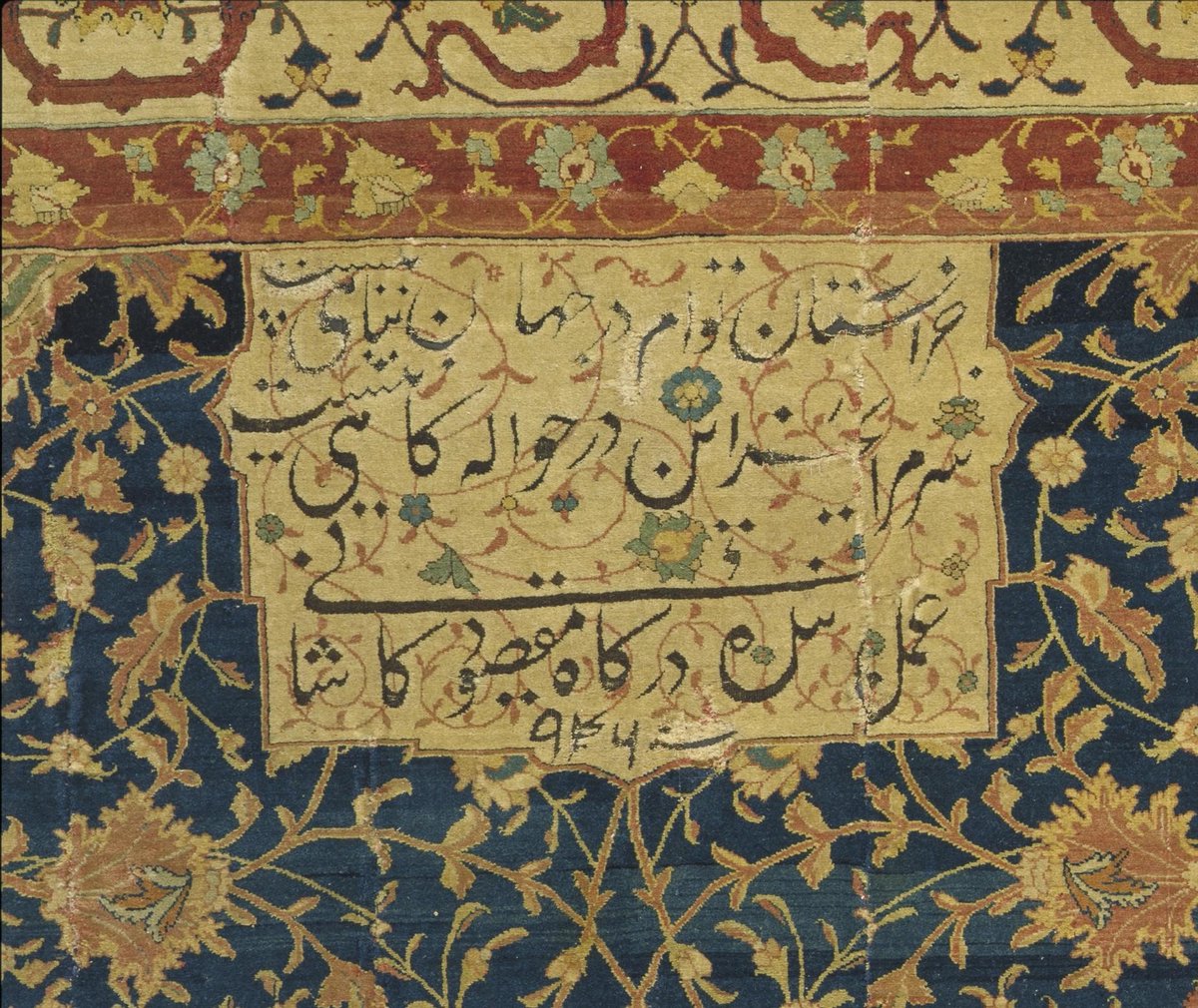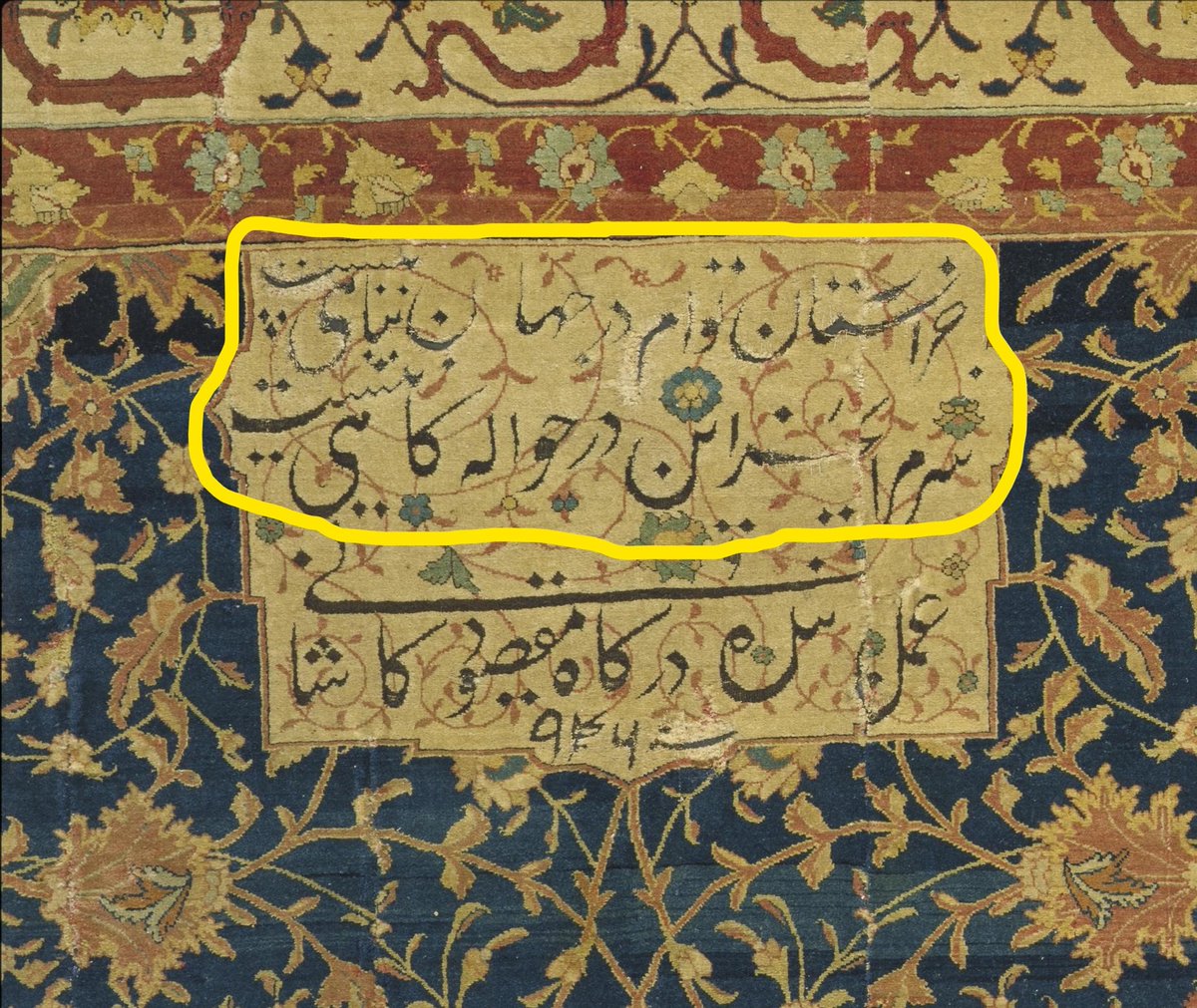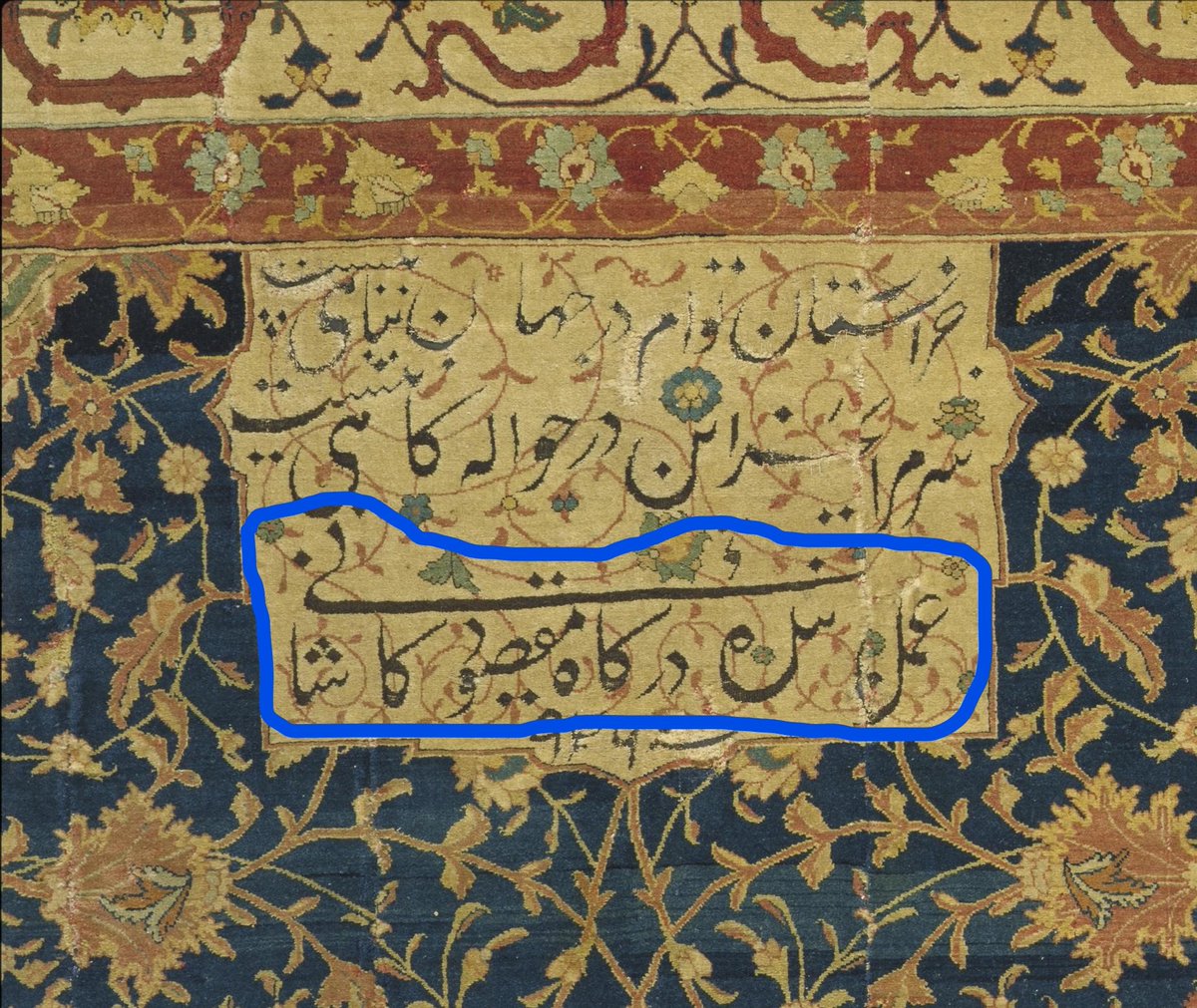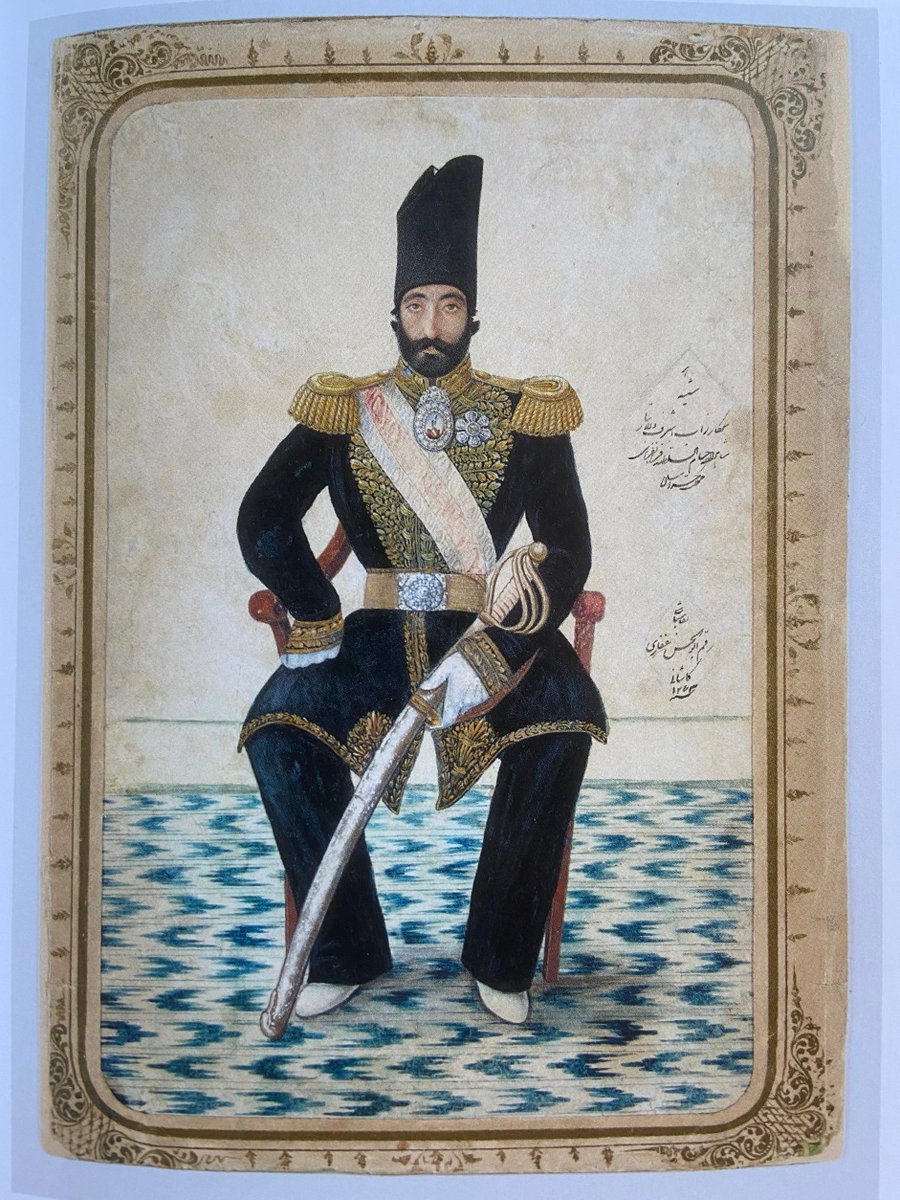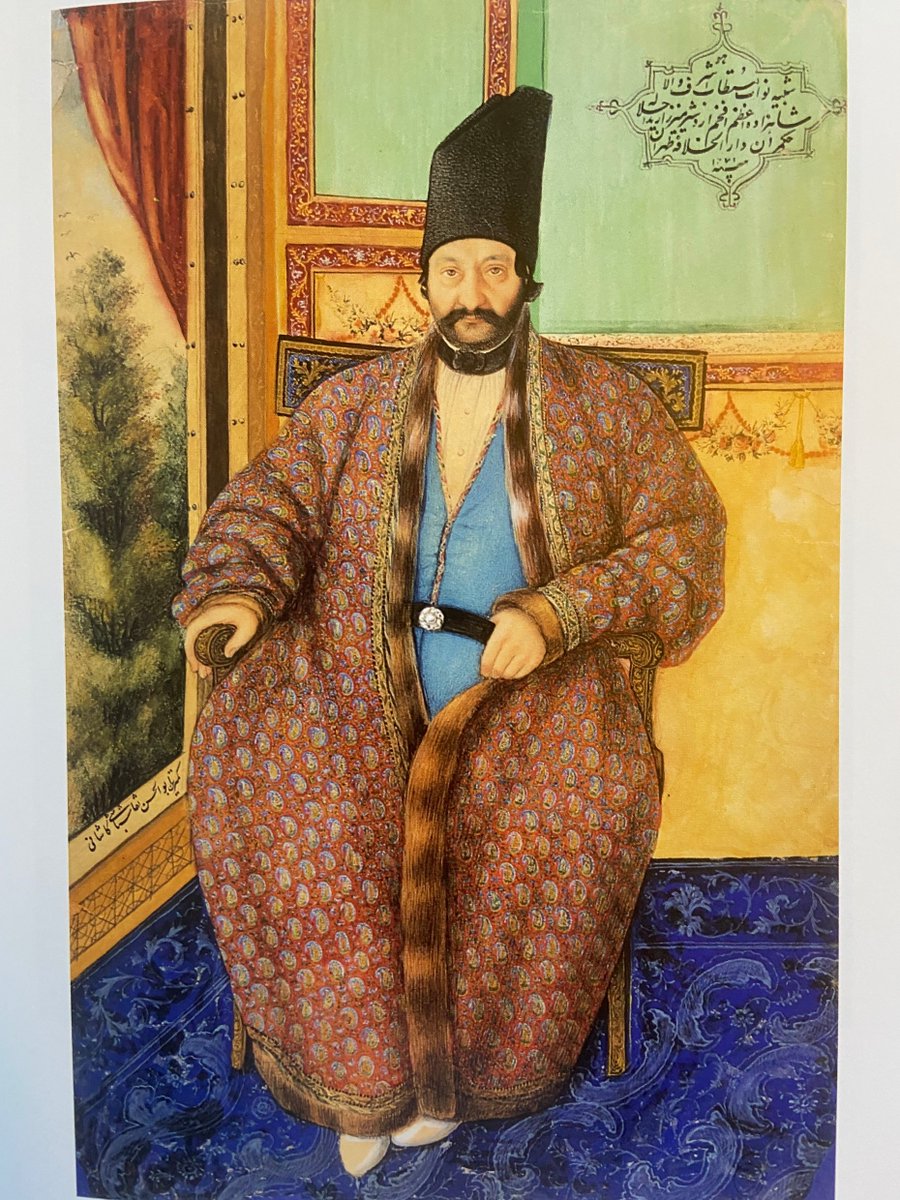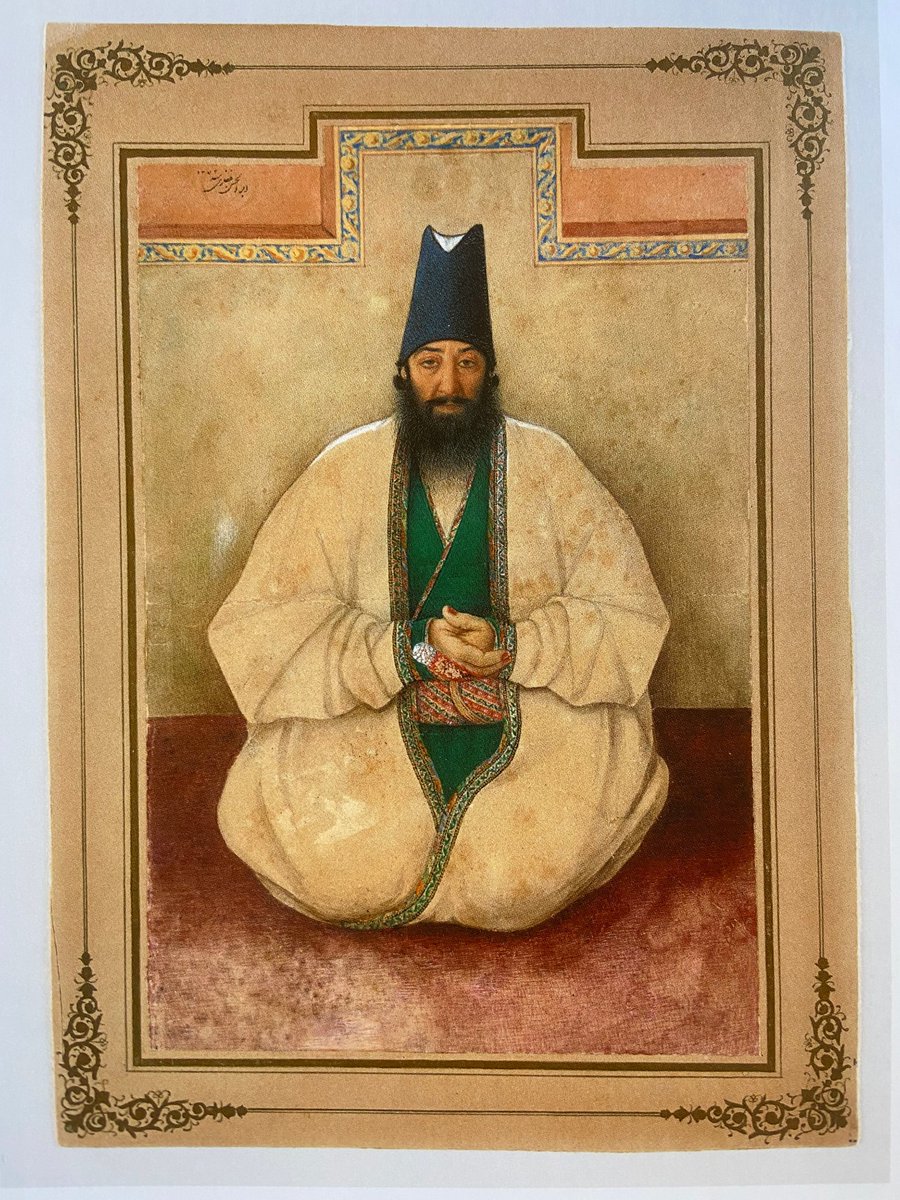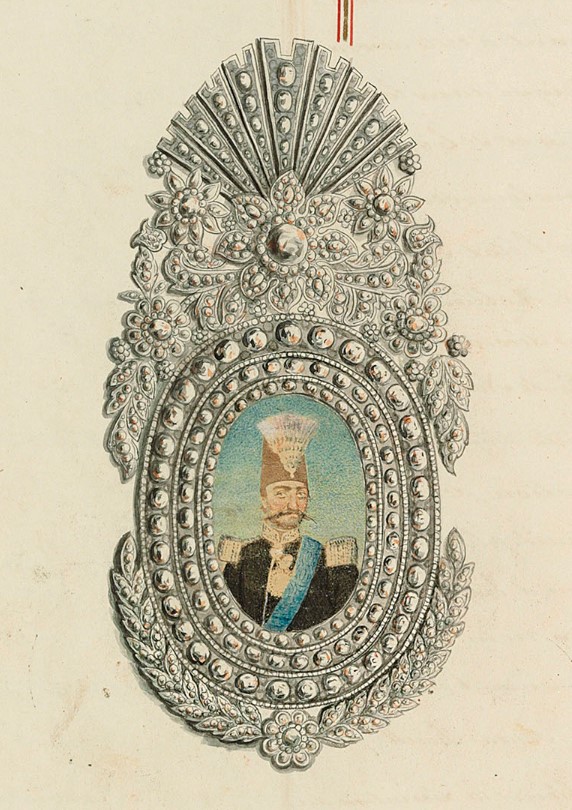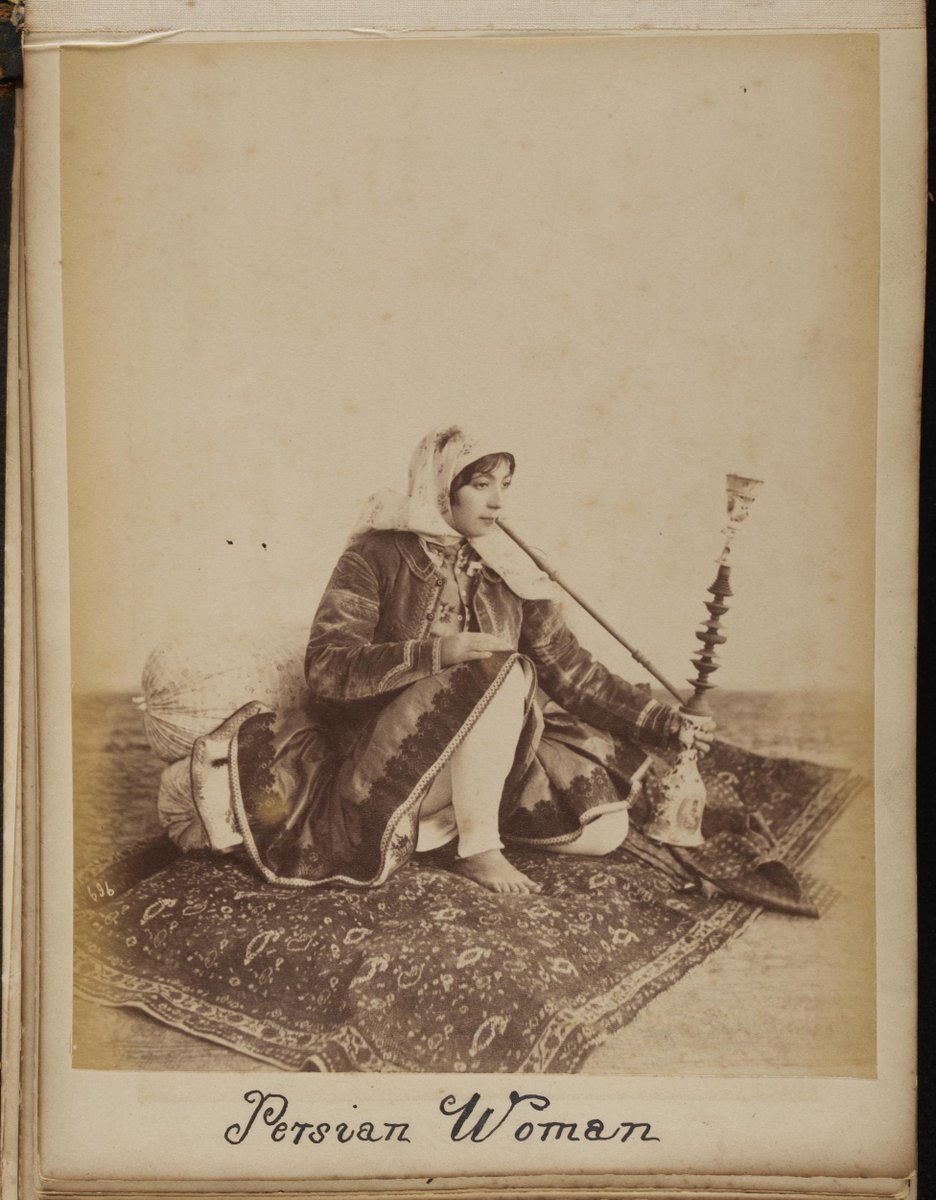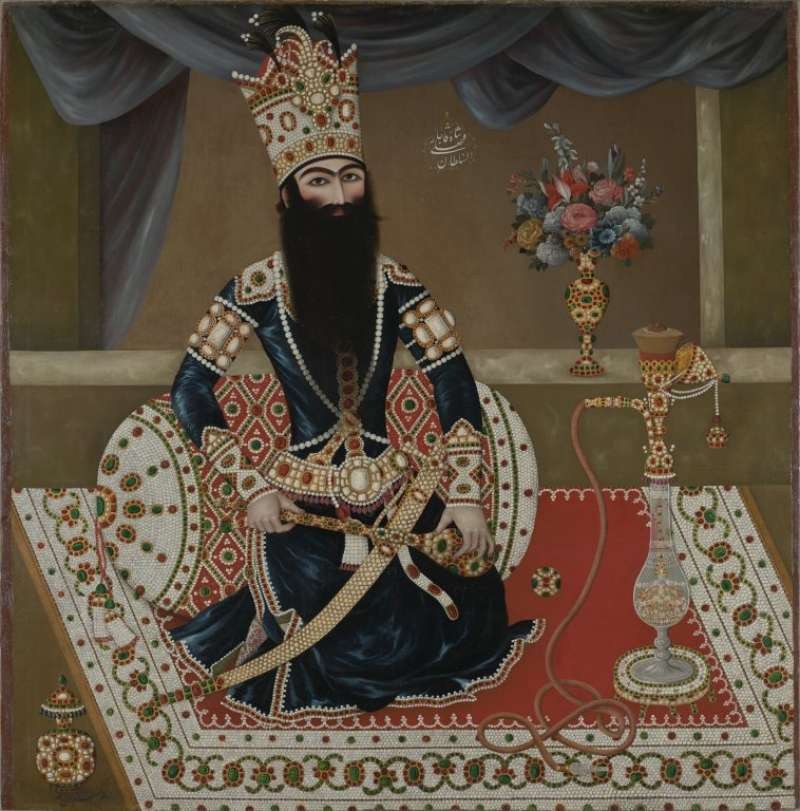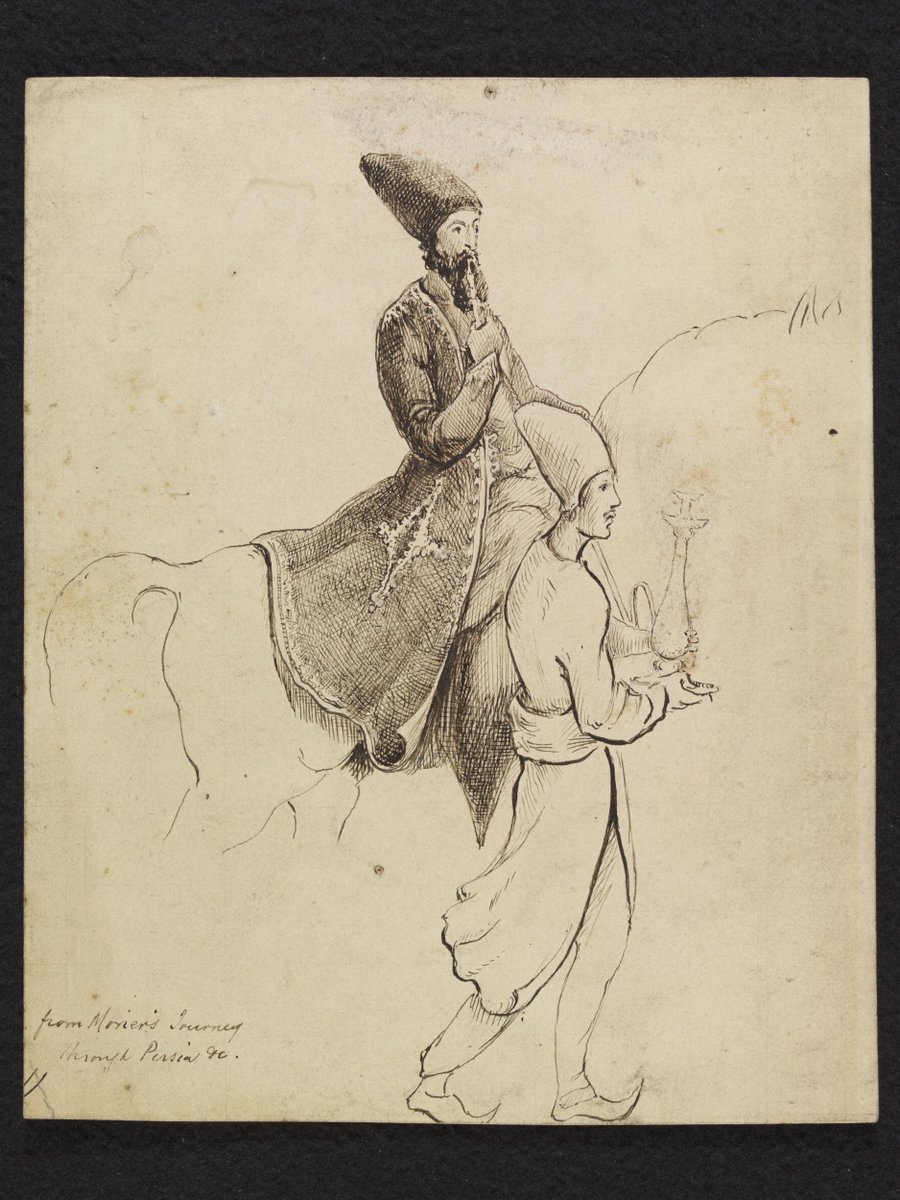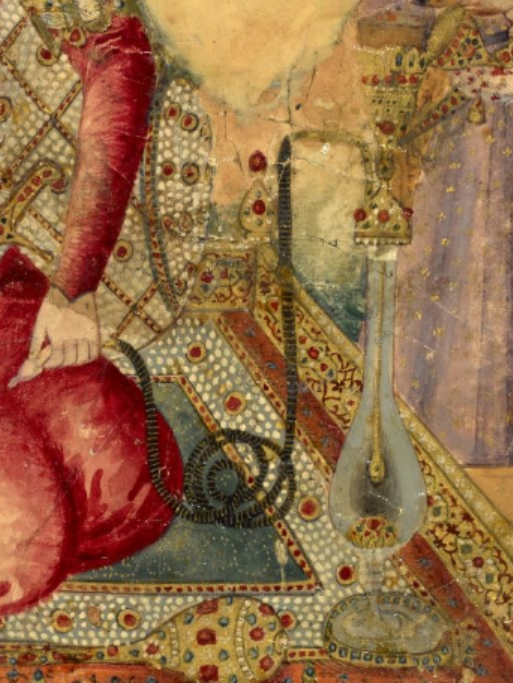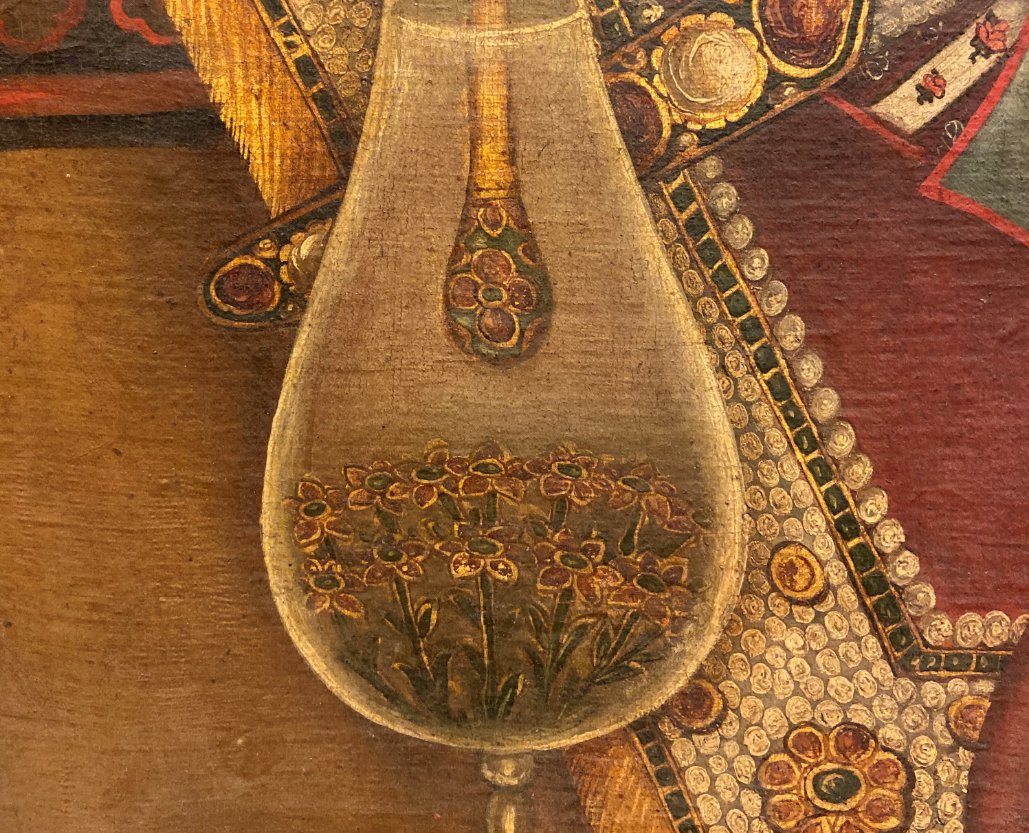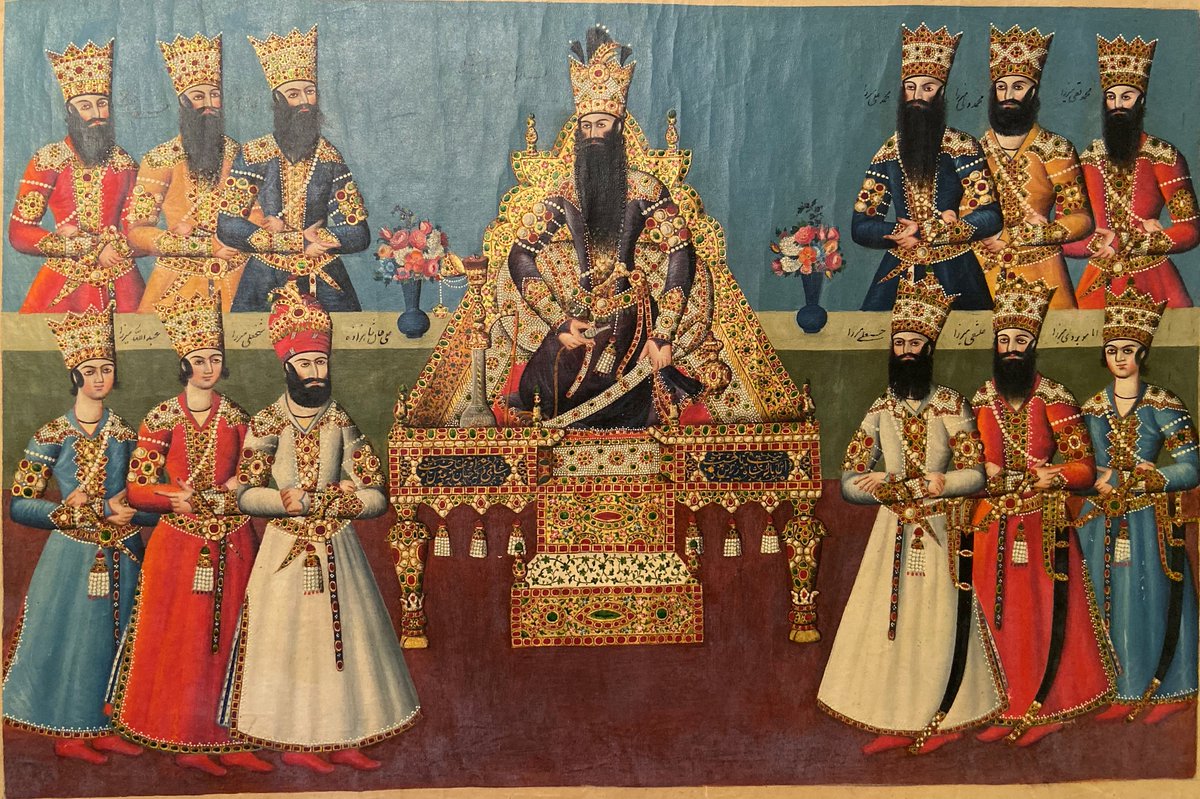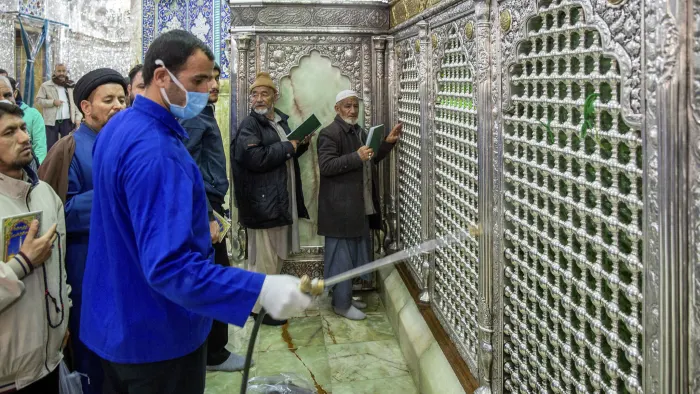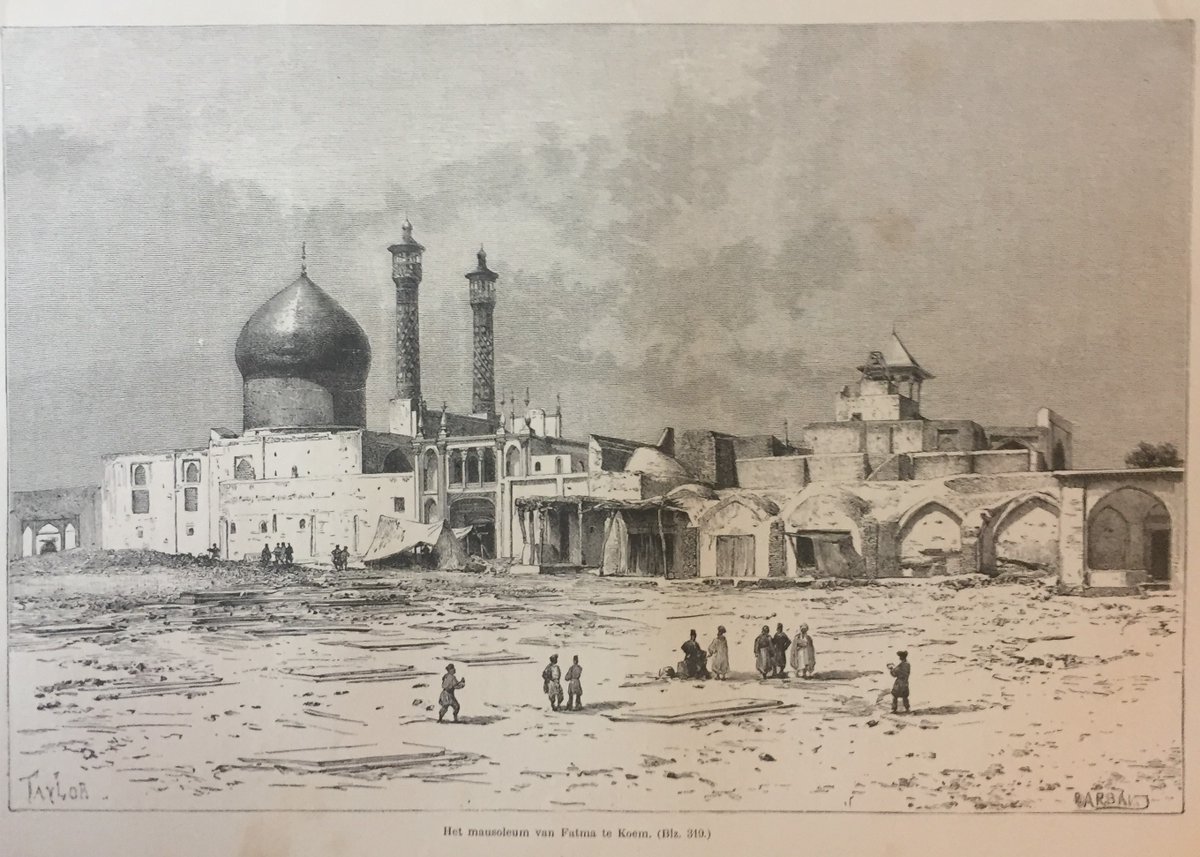
In the Qur'an & Bible, Zulaykha/Potiphar's wife never gets to consummate her love for Yusuf/Joseph, but in Jami's C15th version, there is a happier ending and they marry - here's a depiction of that moment in a manuscript from C16th Shiraz. (Now in British Library.) 1/5... 



The technicality which permits this is that, according to Jami, Zulaykha's first husband (aka Potiphar) wasn't able to consummate their marriage:
'He will not be able to open your silver lock,
for his key will be as soft as wax...
And lead cannot do the work of a diamond.' 2/5
'He will not be able to open your silver lock,
for his key will be as soft as wax...
And lead cannot do the work of a diamond.' 2/5
By contrast, Yusuf, after their marriage:
'had a key for her jewellery box made of shining ruby,
and he opened the lock, pouring more jewels inside'.
While Jami certainly gives vivid descriptions of the consummation of Zulaykha's carnal desire, there is more to this... 3/5
'had a key for her jewellery box made of shining ruby,
and he opened the lock, pouring more jewels inside'.
While Jami certainly gives vivid descriptions of the consummation of Zulaykha's carnal desire, there is more to this... 3/5
Jami, of course, has higher thoughts in mind, & throughout the tale he positions Yusuf as a representation of divine beauty, & ultimately as a symbol of the divine. So, this ending is about more than physical desire - it also represents spiritual love & union with the divine. 4/5
I'm reading Yusuf and Zulaykha with my students over the next few weeks, so I might do another thread to expand more on the text, perhaps the specific bit we're covering, which I love - the description of the palace which Zulaykha builds to attract Yusuf. End!
Just to add - there is loads to unpack here, I barely scratch the surface, but something I want to highlight is that, for me, the great humanity in Jami's tale, people's flaws and sexual desires, serves to give grounding to the text's more profound meanings. Extra reading here: 


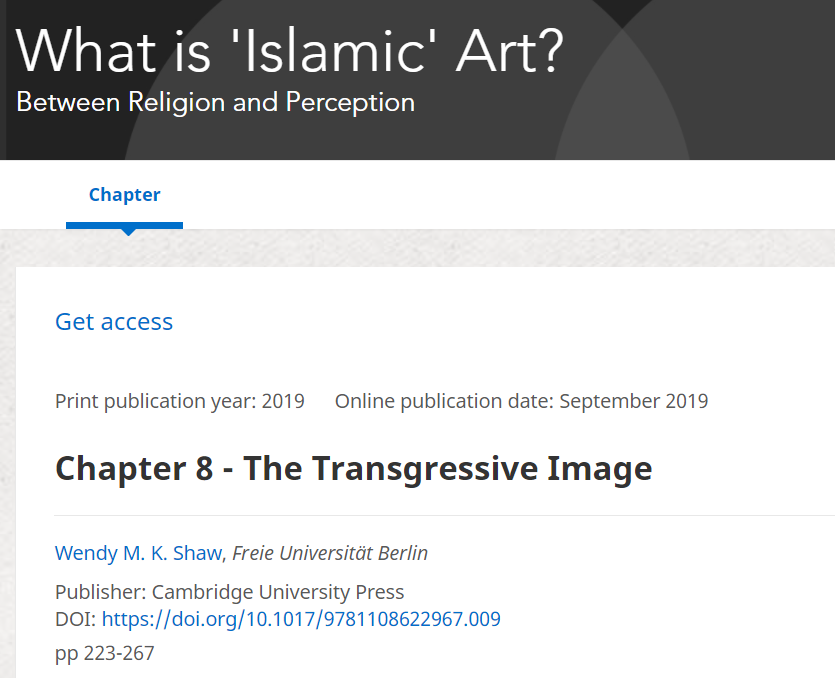
One last thing! There is also lots to say here about how the various versions of the story deal with female sexuality and vice. In Jami's version, Zulaykha sees some sort of vindication, whereas in others she is little more than a foil for male virtue.
https://twitter.com/FuchsiaHart/status/1330602749193580545?s=20
• • •
Missing some Tweet in this thread? You can try to
force a refresh

